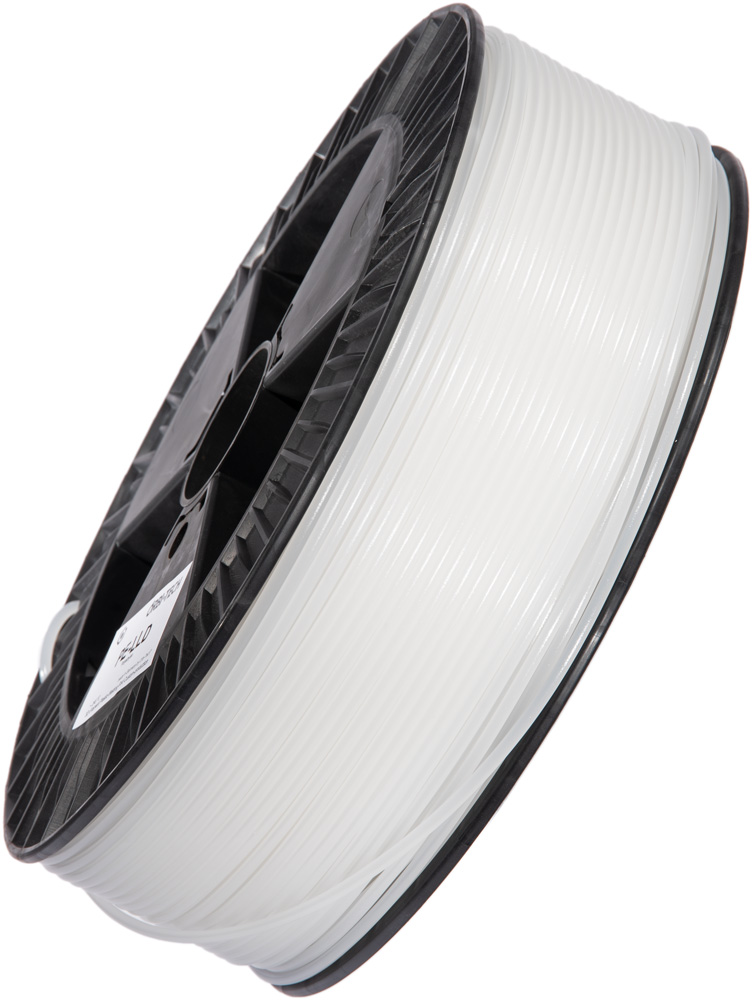ABS
Acrylonitrile Butadiene Styrene
Polyethylene is a semi-crystalline thermoplastic. PE is the most commonly used plastic in the world. Packaging, household items, bottles, transport boxes, garden furniture and many common items are made of this material.
Polyethylene has high ductility and impact resistance. The hardness and bending stiffness are higher in other plastics. PE is heat resistant up to a temperature of ~80°C.
The biggest advantage of PE is a high chemical resistance to acids, alkalis, oils and greases. Polyethylene also hardly absorbs water. Gases and water vapors can diffuse.
Polyethylene is a non-polar material. For this reason, PE cannot be glued or printed without pretreatment. Welding is used to join parts made of PE.
Polyethylene is very easy to finish by drilling, grinding, sawing and machining.
Depending on the density of the plastic, the abbreviation PE is followed by letters. PE-HD is the most common type and is used for plastic sheets, pipes and other semi-finished products with high density in the extrusion process. PE-LD and PE-LLD has a lower density than PE-HD. Films and rotationally molded parts are made from these grades.

PE is the most common material. You can post-process PP well by sawing, grinding, drilling and machining.
PE has a high resistance to many chemicals.
PE is a non-polar material. For this reason, we recommend abrading the surface in the joining area.
You can use all standard welding equipment. A hot air tool, an injectiweld or extruder.
PE is easy to post-process. You can grind and machine it.
Acrylonitrile Butadiene Styrene
Acrylonitrile Butadiene Styrene / Polycarbonat
Acrylonitrile-Styrene-Acrylate-Copolymerizate
Polyamide / Nylon
Polycarbonate
Polyethylene
Polypropylene
Polypropylene EPDM
soft PP
Polystyrene
Polyvinyl Chloride
thermoplastic elastomer



